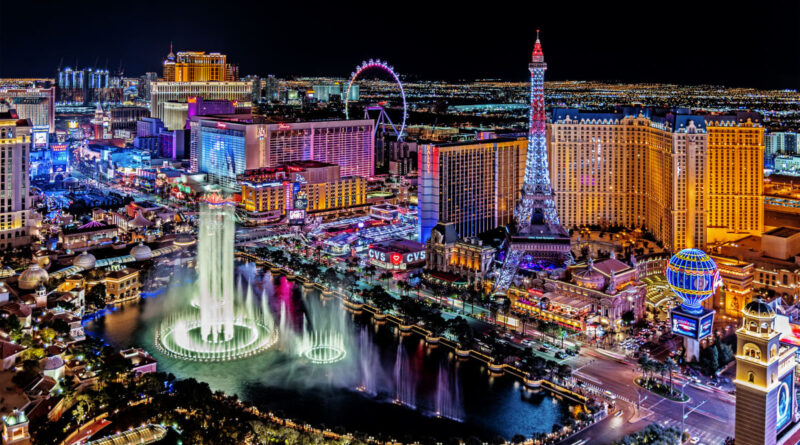History Of Las Vegas Nevada
Las Vegas, Nevada is a city that is synonymous with glitz, glamour, and endless entertainment. Today, Las Vegas is one of the world’s most popular tourist destinations, attracting millions of visitors each year with its dazzling casinos, luxurious hotels, and non-stop nightlife. But how did this desert city in the middle of nowhere become the entertainment capital of the world? Let’s take a look at the rich and fascinating history of Las Vegas.
Las Vegas was established in 1905, when 110 acres of land were auctioned off by the federal government. The city was named after the Spanish words for “the meadows,” a reference to the spring-fed meadows that once flowed through the area. In the early years, Las Vegas was a small desert town with a population of just over 5,000 people. It was a far cry from the bustling metropolis that it is today.
In 1931, the state of Nevada legalized gambling, which changed the course of Las Vegas’ history. With this newfound legality, investment poured into the city and a construction boom began. Casinos, hotels, and other tourist attractions began to spring up, and Las Vegas quickly became a major destination for gamblers and tourists alike.
During World War II, the US government established a military training center in Las Vegas, which helped to further develop the city’s infrastructure. In the post-war years, Las Vegas continued to grow as more and more people flocked to the city to take advantage of its liberal gambling laws.
In the 1950s and 1960s, Las Vegas became known as the “entertainment capital of the world,” with famous performers such as Frank Sinatra, Elvis Presley, and Sammy Davis Jr. performing in the city’s casinos and hotels. This period also saw a construction boom, with the construction of many of the city’s most famous hotels and casinos, including the Flamingo, the Sands, and the Desert Inn.
In the 1970s, Las Vegas faced challenges as organized crime began to infiltrate the casino industry. However, the city’s leaders worked to clean up the industry, and by the 1980s, Las Vegas was once again a thriving tourist destination.
In the 1990s and 2000s, Las Vegas continued to grow and evolve, with the construction of many new hotels and casinos, as well as the development of the famous Las Vegas Strip. Today, the city is home to some of the largest and most impressive casinos in the world, as well as world-class dining, shopping, and entertainment options.
Despite its reputation as a city of excess and indulgence, Las Vegas has a rich cultural heritage and a thriving arts scene. The city is home to numerous museums, galleries, and theaters, and hosts a variety of festivals and events throughout the year. Whether you’re a history buff, an art lover, or simply a fan of good food and entertainment, Las Vegas has something to offer for everyone.
The history of Las Vegas is a story of growth, change, and resilience. From its humble beginnings as a small desert town to its current status as one of the world’s most popular tourist destinations, Las Vegas has undergone a remarkable transformation, and its rich history continues to shape its future. Whether you’re a first-time visitor or a seasoned gambler, a trip to Las Vegas is a journey back in time to one of the most fascinating cities in the world.
Discover more from City Towner
Subscribe to get the latest posts sent to your email.




